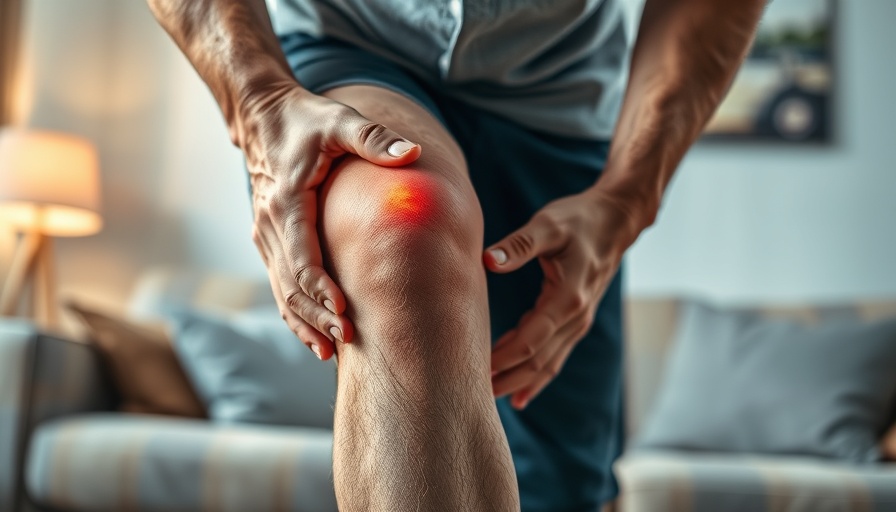
Unveiling the Top Non-Drug Treatments for Knee Arthritis
Knee osteoarthritis (KOA) is a prevalent condition that affects millions, causing significant pain and stiffness in the knee joint. A recent meta-analysis of nearly 10,000 patients has revealed that effective, non-drug treatments offer a safer alternative to traditional pain medications.
A Shift Away from Medication
For years, many patients suffering from KOA have turned to anti-inflammatory medications, often unaware of the risks involved. These medications can lead to gastrointestinal issues and cardiovascular concerns, making non-pharmaceutical options increasingly appealing. The new study led by Yuan Luo out of the First People's Hospital of Neijiang highlights the benefits of simpler, accessible treatments.
Top Therapies That Beat the Odds
The study examined data from 139 clinical trials, identifying 12 non-drug therapies. Among these, knee braces emerged as the superior option across various outcomes including pain reduction, function improvement, and mobility enhancement. Notably, hydrotherapy also proved effective for pain relief, especially when therapies are conducted in warm water.
According to the research, “Our analysis of nearly 10,000 patients reveals that simple, accessible therapies like knee bracing and water-based exercise outperform high-tech options.” This significant finding could reshape clinical guidelines, urging both patients and healthcare providers to prioritize lower-cost interventions.
The Impact of Exercise
General exercise has been consistently effective in improving both pain and physical function for KOA patients. The incorporation of routine, low-impact activities into a treatment plan is crucial. By engaging in such exercises, patients can enhance their overall mobility while actively managing their symptoms.
Alternative Suggestions: Laser and Shock Wave Treatments
While high-tech treatment options like high-intensity laser therapy and shock wave therapy showed benefits, they often come with higher costs and complexity. The ongoing emphasis on non-invasive options suggests that many patients can alleviate their symptoms with relatively simple solutions that do not require expensive technology.
Consideration of Clinical Guidelines
The findings from this study encourage a broader conversation about clinical guidelines for treating KOA. As healthcare moves toward more patient-centric approaches, the emphasis on safe, effective, and cost-efficient treatments cannot be overstated.
Empowering Patients and Clinicians
Patients and clinicians alike should embrace evidence-based solutions that prioritize well-being without the side effects of traditional medications. Programs focusing on education about these non-drug therapies may lead to better adherence to treatment plans, benefiting long-term health outcomes.
Join the Conversation
With a wealth of evidence supporting these findings, it is essential for patients, healthcare professionals, and researchers to discuss and share these insights. Whether through healthcare forums or community programs, engaging in dialogue can further the reach of these transformative treatment options.
 Add Row
Add Row  Add
Add 




Write A Comment